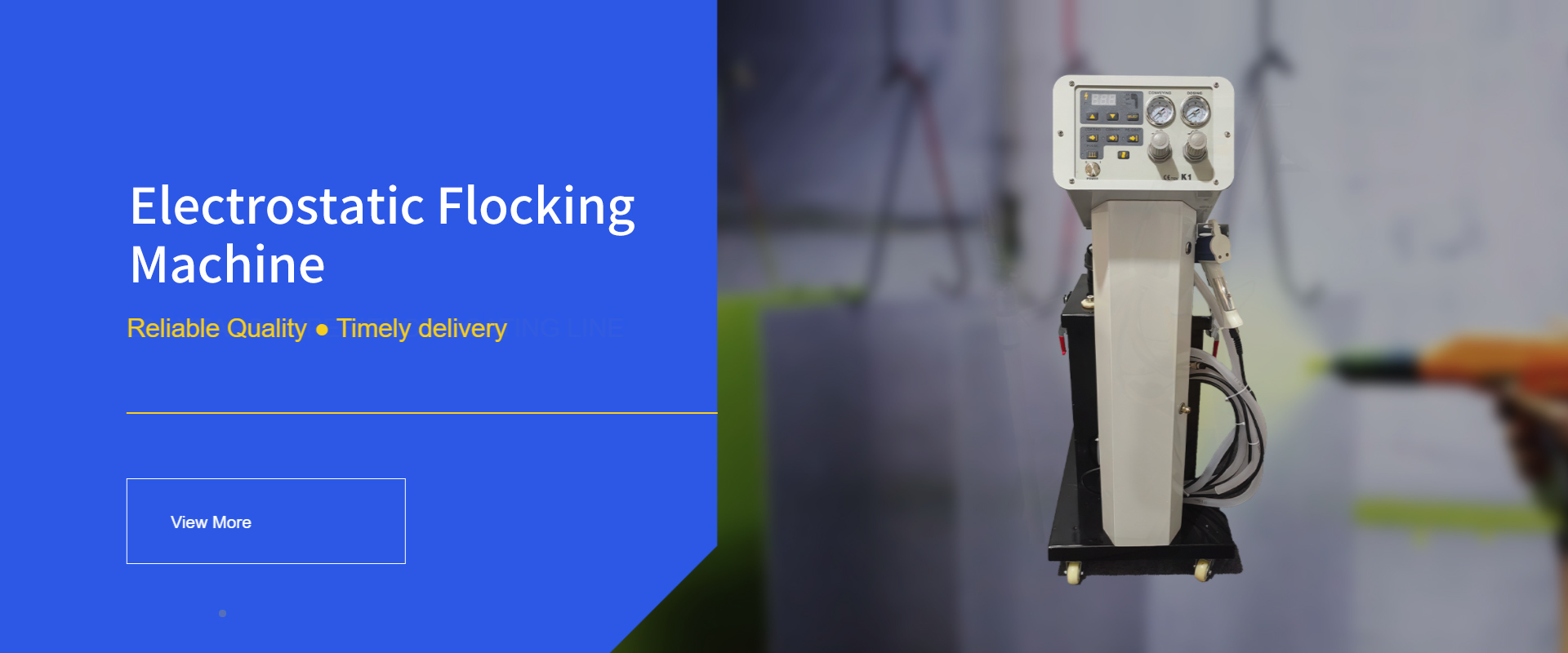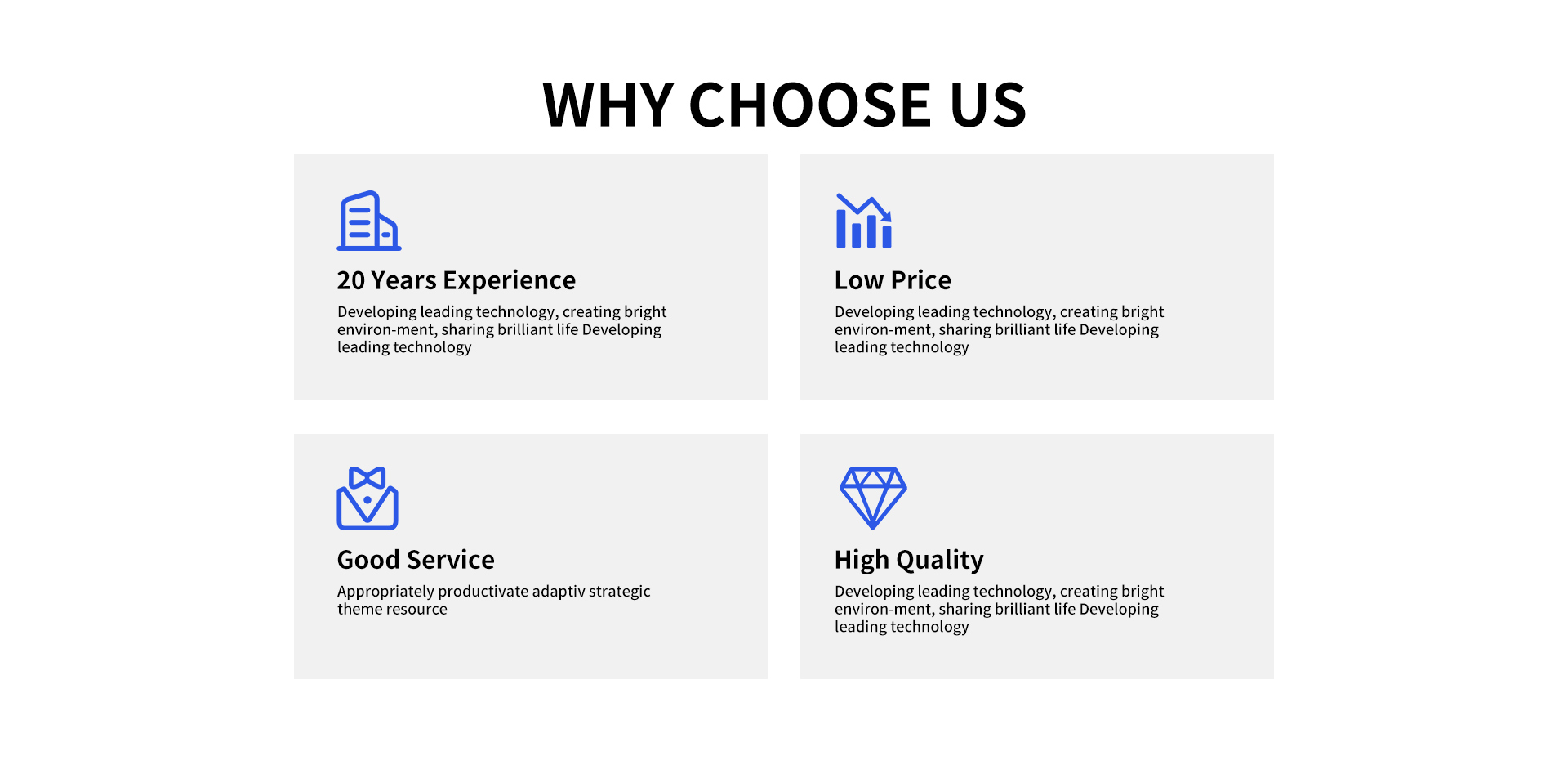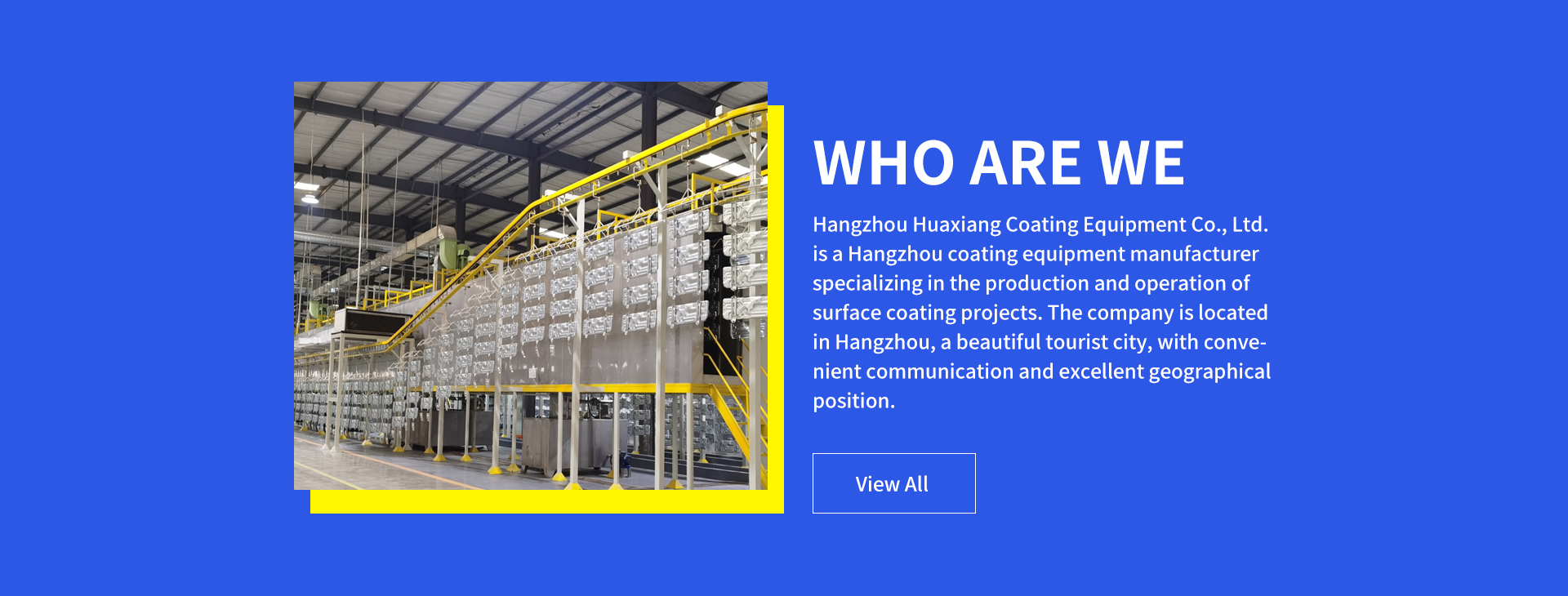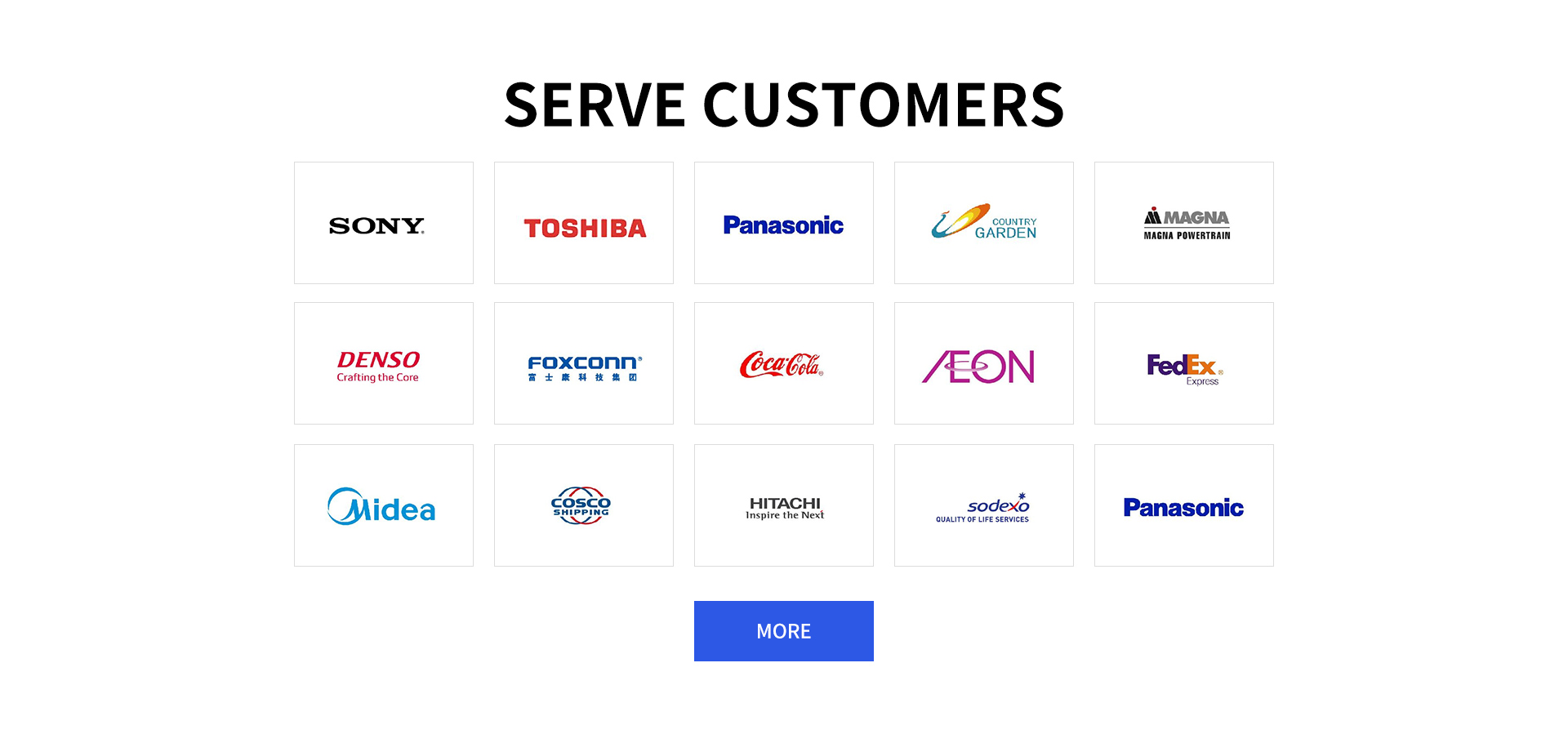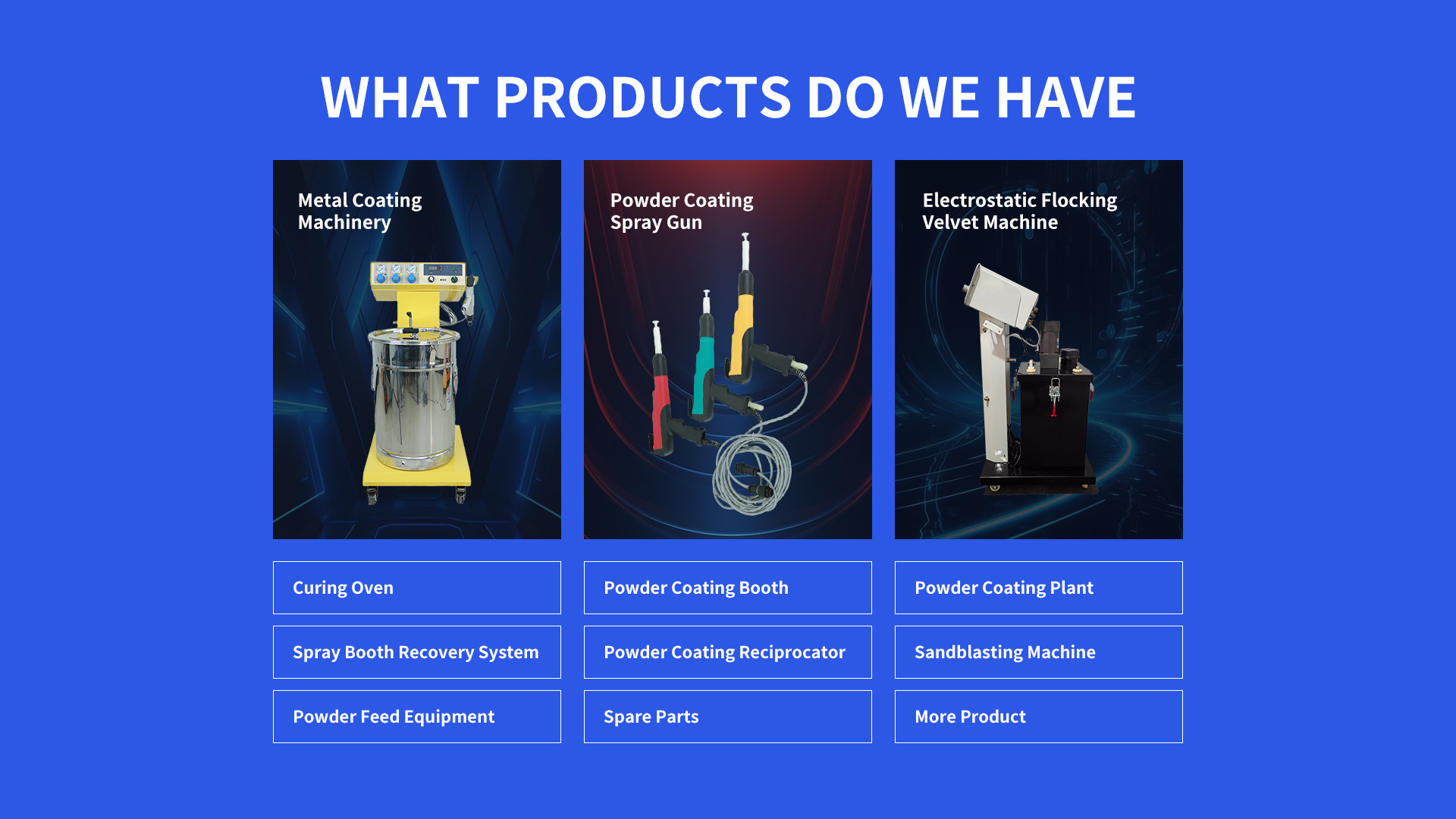1. Industrial Powder Coating Oven Components and Design
Industrial Powder Coating Ovens are thermal curing systems designed to harden powder-coated surfaces. Key components include insulated chambers, heating elements (electric, gas, or infrared), temperature controllers, conveyor systems, and exhaust vents. High-capacity models feature multi-zone heating for uniform curing, while compact batch ovens suit small workshops. Advanced designs integrate heat recovery systems to reduce energy consumption by up to 40%.
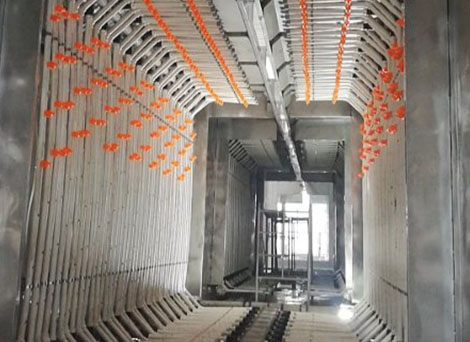
2. Industrial Applications of Powder Coating Ovens
These Industrial Powder Coating Ovens are essential in automotive manufacturing (body panels, engine parts), aerospace (aircraft components), and construction (aluminum extrusions). They cure coatings on appliances, furniture, and agricultural machinery. Specialty uses include UV-resistant finishes for outdoor equipment and high-temperature coatings for industrial machinery exposed to harsh environments.
3. Industrial Powder Coating Oven Price Ranges
Small batch ovens start at 10,000,whileconveyorizedsystemsrangefrom50,000–200,000.Customizedhigh−volumeovenswithmulti−zonecontrolsexceed500,000. Pricing depends on chamber size (e.g., 10–100 m³), heating technology, and energy efficiency ratings. Brands like Grieve and Wisconsin Oven offer financing options for SMEs.
4. Best Practices for Operating Industrial Powder Coating Ovens
Temperature Control: Maintain 180–220°C for polyester/epoxy powders; adjust for substrate thickness.
Curing Time: Follow manufacturer guidelines (typically 10–30 minutes).
Airflow Management: Ensure even heat distribution using recirculating fans.
Maintenance: Clean filters monthly and calibrate thermocouples quarterly.
5. How to Select the Right Industrial Powder Coating Oven
Production Volume: Choose conveyor ovens for continuous lines or batch ovens for low-volume jobs.
Energy Source: Electric ovens suit precise temperature control; gas models reduce operating costs.
Compatibility: Verify oven size accommodates part dimensions (e.g., 1–10m lengths).
Certifications: Prioritize NFPA 86 and CE compliance for safety.
6. Safety Precautions for Industrial Powder Coating Ovens
Ventilation: Install explosion-proof exhaust systems to remove volatile fumes.
PPE: Require heat-resistant gloves and face shields for operators.
Fire Safety: Use Class B extinguishers and thermal cutoff switches.
Training: Enforce lockout/tagout procedures during maintenance.
7. Design Efficiency in Modern Industrial Powder Coating Ovens
Advanced ovens feature IoT-enabled temperature monitoring (±2°C accuracy), modular panels for easy expansion, and ceramic fiber insulation to minimize heat loss. Energy recovery systems reuse 70% of exhaust heat, slashing operational costs.
8. FAQs on Industrial Powder Coating Ovens
Q: What is the ideal curing temperature for powder coatings?
A: Most powders cure at 180–200°C, but check technical datasheets for specific materials.
Q: Can powder coating ovens handle large metal parts?
A: Yes, custom ovens with extended chambers cure parts up to 15 meters long.
Q: How to reduce energy costs in industrial ovens?
A: Opt for infrared heating or install heat exchangers to recycle waste energy.
Q: Are powder coating ovens safe for flammable materials?
A: No—ensure proper ventilation and avoid curing near combustible substrates.
Q: What maintenance ensures oven longevity?
A: Replace heating elements every 5,000 hours and inspect insulation annually.
Statement: Hangzhou Huaxiang Coating Equipment Co., Ltd Chinese Powder Coating Equipment facturers provide you with customized equipment for various types of Powder Coating Lines, Powder Coating Ovens, Powder Coating Booths,Powder Coating Guns, etc. For inquiries! Contact us at
Email: gezx@cncolourspray.com
WhatsApp: +86 13335812068

